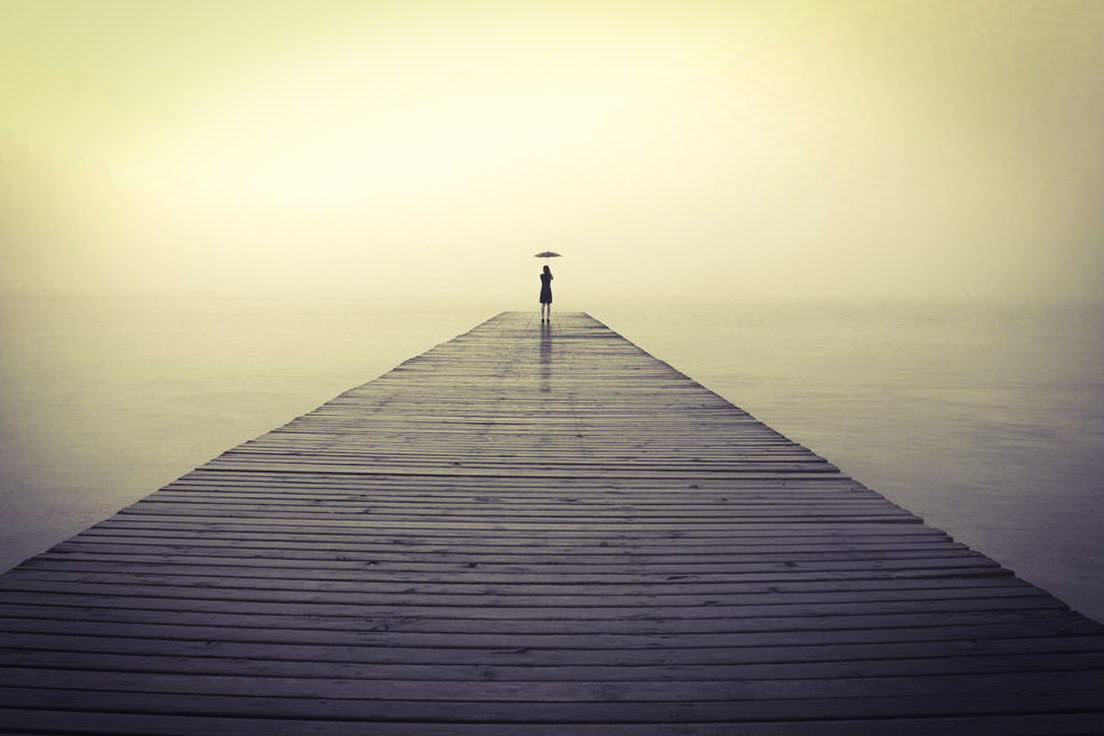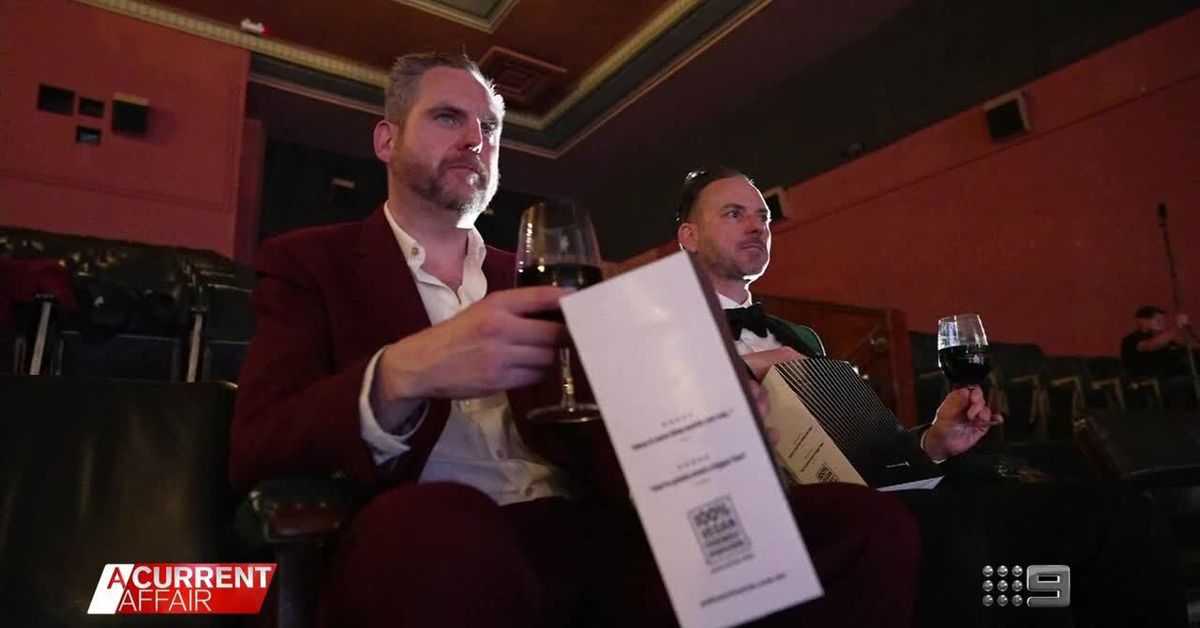Critics say it’s not a trend but a fad. Whatever the case, one thing’s for sure: if you go to the movies this summer, chances are you’re going to be there for a while.
Are films getting longer? And how long is too long?
The topic’s been dominating cinema circles after Martin Scorsese’s epic Killings of the Flower Moon left people glued to their seat for more than one reason. It runs three hours and 26 minutes.
But cinemas who added an intermission off their own bat copped a whack from Scorsese’s people.
“And for good reason,” said CJ Johnson, president of the Film Critic Circle of Australia. “You have to show it as the artist intends.”



Film used to be broken down in “reels” which were individual old timey looking spools of film which would then get spliced together by the projectionist into one long continuous film which would then get run through the projector. This very long length of film would get spun onto a big platter. It would come off the platter, go through the projector, and back onto an empty platter. That platter could only hold so much physical film which would equate to a certain length of run time. That’s what would dictate how long the movie could be without intermission. When the movie was done it’s run, the projectionist would unwind the film from the platter and cut it apart again and wind it back onto the spools and put it back into the cases of 3 or 4 spools each and I’d carry it back to the bus station and send it to the next theater.
I’m low key jealous you had that job.
Can you think of any change in the celluloid projection tech that would have changed around the time intermissions stopped being a thing?
I think the big thing was the platter system. Older theaters might have had a different setup. We had a 16mm projector that you loaded more like a class room projector, where the reels loaded on the top and bottom.
I think movies got shorter and so fit on the platters. It was a rep theater, so we played old stuff. I remember Barry Lyndon was too long for one go.
I was just an usher lol
That must be one reason. I can think of plenty of 3hr+ movies I’ve seen in cinemas before digital conversion, though. Things like Malcolm X. A lot of it was probably 35mm so may have been a different system.
I think we were kind of late to the party. Indy cinemas were still converting to digital here in the 2000s.
I thought you were an apprentice projectionist.
No, a lowly usher. Lol! My step dad ran the theater though. Platter size and set up would definitely vary theater. Ours was new in the late 80’s so it was probably pretty state of the art for the time. I was in a chain theater projection area once and the platters were all in one room and would feed down the hall to each projector and back to the platter. We had 3 platters, one for the 7:00, one for the 9:00 and the empty one for the one showing. We’d often have to lift the movie off the platter to allow for a different one. We had these clamp things that held the roll together so it didn’t fall into spaghetti and we could swap movies. Movies are surprisingly heavy.
This is so interesting! I love hearing about stuff like this.
I do miss the old physical films. Even the dust and scratches if a print had been circulating a while. Not sure why, it sort of feels “warmer” to me which is pretty silly.
It’s taking me down memory lane, thinking about it!